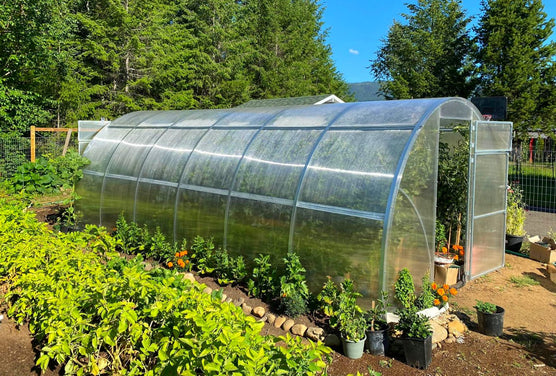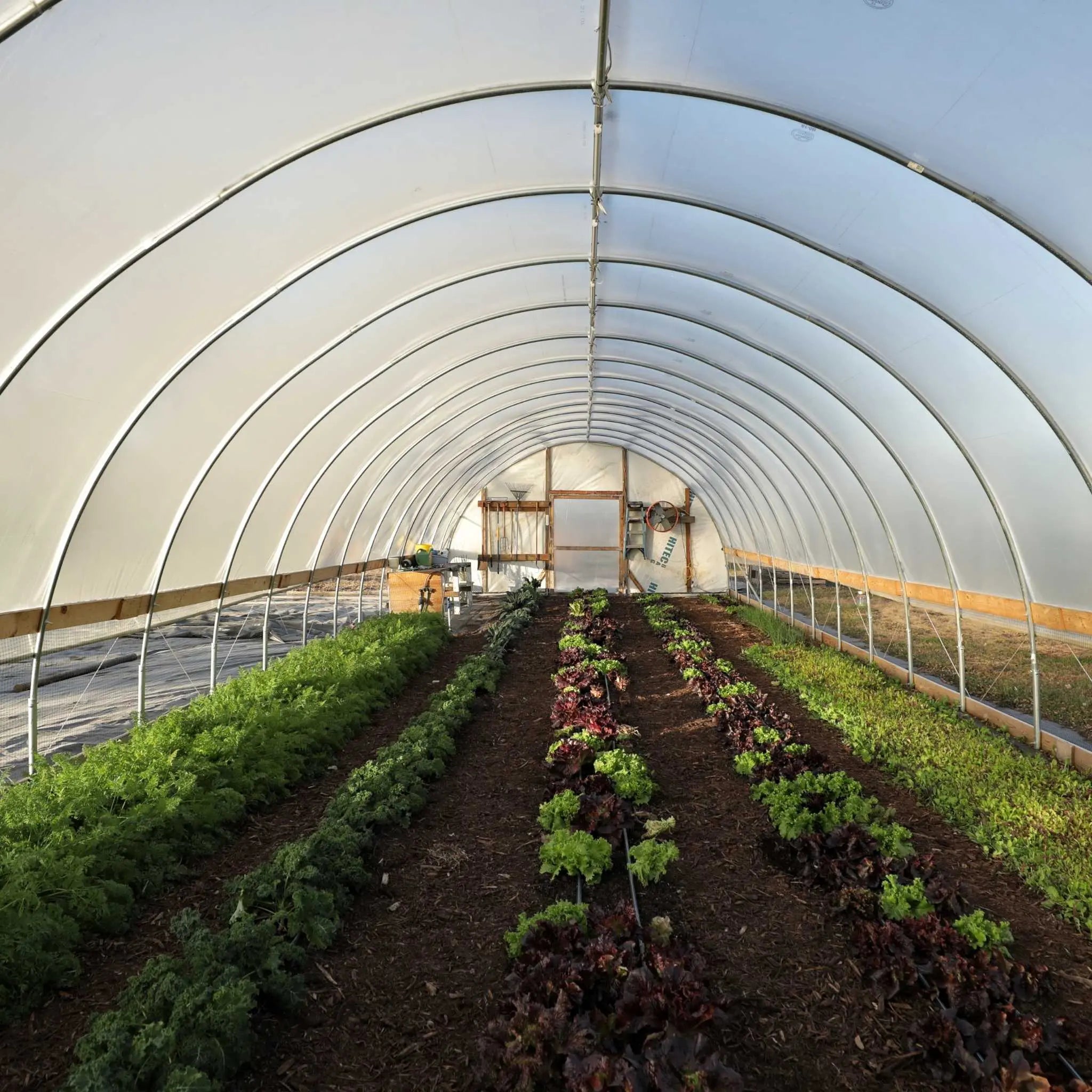The Future of Greenhouses: Innovations in Sustainable Agriculture
Are you curious concerning the future of greenhouses and how they are revolutionizing sustainable agriculture? From advanced climate control systems to vertical farming strategies, water-efficient irrigation approaches, sustainable power combination, and wise information analytics, these improvements are changing the way we grow our food.
Advanced Climate Control Solution
To accomplish ideal growing problems, you can depend on the improvements in greenhouses with innovative environment control systems. These systems have actually revolutionized the way we grow plants, supplying a controlled setting that is helpful to plant development. With these ingenious systems, you can now control temperature level, humidity, light degrees, and also carbon dioxide focus to develop the best conditions for your plants to thrive.
One of the key attributes of these innovative environment control systems is their capability to manage temperature. By utilizing sensing units and automated controls, the greenhouse can change the temperature based upon the details demands of the plants. This makes sure that they are never revealed to severe heat or cool, which can be detrimental to their development.
Humidity control is one more critical aspect of these systems. By maintaining the perfect moisture levels, you can protect against problems such as mold, mold, and disease from influencing your crops. These systems can also control the amount of light that gets to the plants, guaranteeing that they obtain the ideal quantity for photosynthesis.
Moreover, progressed climate control systems can also control carbon dioxide concentrations. By raising the levels of carbon dioxide in the greenhouse, you can enhance plant development and productivity. This is particularly advantageous in locations with reduced natural carbon dioxide levels.
Vertical Farming Strategies
One essential upright farming technique is utilizing stacked expanding systems. Monarch Residential Greenhouse Utah. These systems entail arranging plants in several layers, up and down stacked on top of each other. By using upright space, farmers can maximize their crop return without calling for additional land. Stacked growing systems are frequently used in urban areas where area is restricted.
One popular method is understood as upright hydroponics, where plants are expanded in nutrient-rich water without dirt. This method is very reliable as it lowers water use by as much as 90% contrasted to standard farming approaches. Furthermore, since the plants are grown inside your home, they are safeguarded from bugs and diseases, decreasing the requirement for pesticides.
Another technique is aeroponics, which involves suspending the plant origins in a haze or air setting. This technique permits ideal nutrient absorption and oxygenation, resulting in faster growth and greater yields. Aeroponics additionally utilizes less water than conventional farming and can be implemented in vertical systems, making it a preferred selection for upright farming.
Water-efficient Irrigation Methods
When it comes to applying water-efficient irrigation methods in lasting agriculture,Taking full advantage of water conservation is crucial. With international water scarcity becoming a pushing issue, it is critical to establish innovative strategies that enhance water usage in greenhouse procedures.
One promising approach is drip irrigation, which supplies water straight to the plant roots, decreasing waste and evaporation. By making use of a network of tubes with little emitters, water is applied gradually and precisely, making sure that plants receive the essential wetness without excess drainage.
One more reliable technique is making use of soil wetness sensing units. These devices measure the moisture content in the dirt and offer real-time information to farmers. By keeping an eye on the dirt's try this out moisture degrees, farmers can properly identify when and just how much water to apply, stopping over-irrigation.
In addition, the application of rainwater harvesting systems is obtaining appeal in greenhouse agriculture. Accumulating rain from rooftops and keeping it in tanks permits farmers to utilize this natural source for irrigation objectives, decreasing dependence on standard water sources.
Last but not least, the adoption of automated irrigation systems can significantly boost water effectiveness. These systems make use of sensors to detect dirt moisture levels and weather, adjusting irrigation timetables accordingly. By maximizing water usage based upon real plant requirements, these systems can lower water waste and promote lasting farming practices.
Renewable Power Integration
Renewable power assimilation in greenhouses uses a number of benefits, consisting of minimized summer lawn fertilizer operating prices and lowered reliance on non-renewable power resources. The generated power can after that be utilized to run different operations within the greenhouse, such as lights, ventilation, and heating systems. These generators harness wind power and convert it right into electricity, which can be used to supplement the energy demands of the greenhouse.
Smart Data Analytics and Automation
To enhance the effectiveness of your greenhouse procedures and enhance resource application, consider implementing clever data analytics and automation. Smart information analytics includes accumulating and examining data from different sensing units and gadgets within your greenhouse.
Automation, on the other hand, includes using technology to automate jobs that were previously done by hand. This can consist of automating the control of lighting, air flow, irrigation systems, and nutrient shipment. By automating these procedures, you can guarantee that your plants obtain the appropriate problems and nutrients at the correct time, without the need for continuous hands-on intervention. This not only saves you a fantastic read time and effort however additionally lowers the danger of human error.
Furthermore, wise data analytics and automation can work together synergistically. The information collected by sensors can be used to educate computerized systems, enabling them to make real-time adjustments based upon the existing problems. This integration of information analytics and automation can lead to more precise and efficient resource allowance, eventually resulting in greater returns and far better crop high quality.
Conclusion
In final thought, the future of greenhouses in sustainable farming looks appealing. With advanced climate control systems, upright farming techniques, water-efficient watering techniques, and eco-friendly energy combination, greenhouses are becoming much more eco friendly and reliable.

By enhancing water use based on actual plant demands, these systems can minimize water waste and advertise lasting farming practices.
